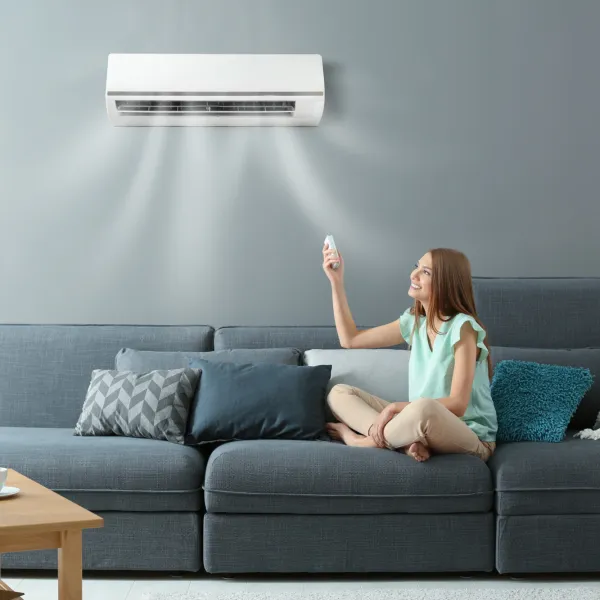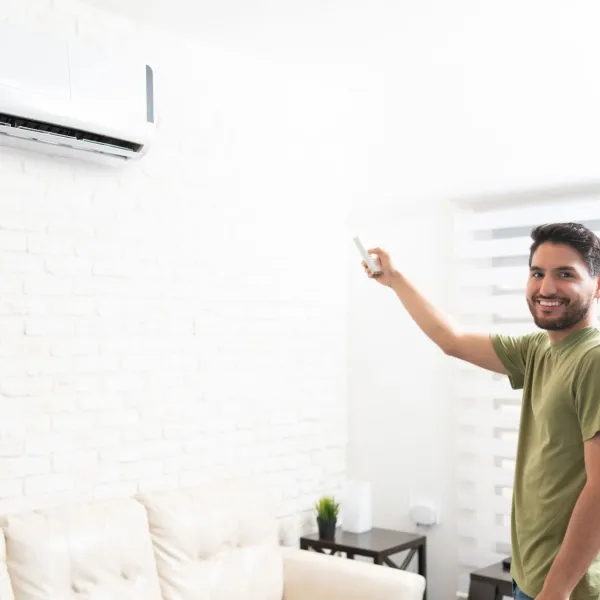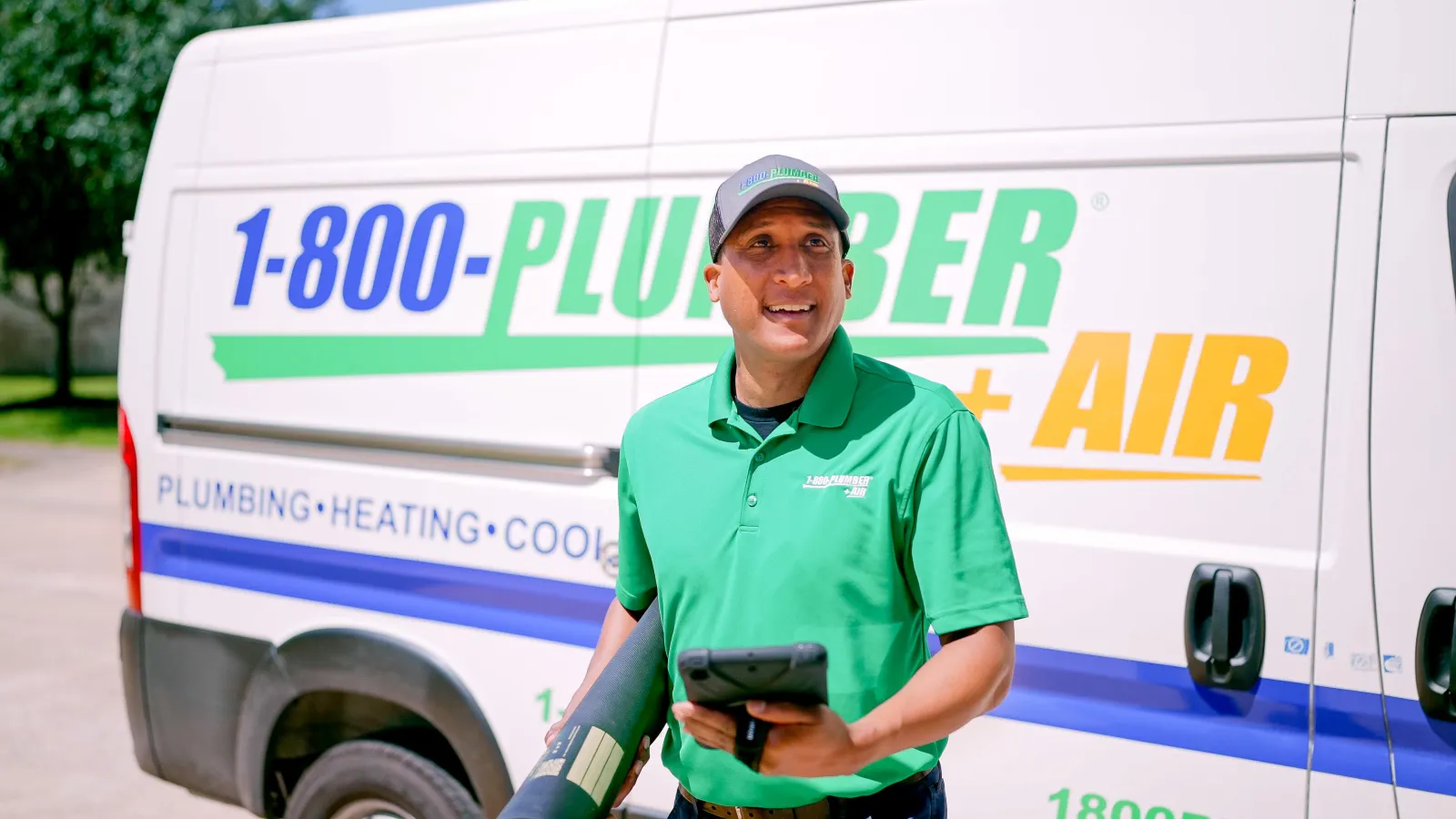
Ductless Mini Split Installation
1-800-Plumber +Air of Marietta
Are you thinking of switching to a mini split system for heating and cooling? You'll be happy to know that these systems don't require ducts like regular AC and heating. This makes for a more efficient, and cost effective solution.
Energy efficiency is essential for Marietta residents who deal with long, scorching hot summers and cool, windy winters. Max temperatures can reach as high as 97 degrees and under 35 degrees in winter.
Many Marietta residents are paying more than $1,400 on energy bills, which could be significantly reduced by switching to an energy-efficient ductless mini split system.
How you install your new heating and cooling system makes a considerable difference for energy savings, safety, and repairs.
Discover more on ductless mini-splits, or contact us today to schedule an appointment.
Ready to
GET IT FIXED?
Contact Us Now!

The Dos and Don'ts of Ductless Mini Split Installation
Another benefit of mini split systems is installation.
These systems don't require additional ductwork, which drives up costs and time. However, this isn't a sign to install mini split units yourself.
Indoor Unit Placement
The right unit placement is essential. Installing indoor units adjacent to the ceiling is a common DIY mistake.
HVAC technicians understand that indoor units must be installed at least 8-feet above the ground; this helps distribute air equally throughout a room and prevents it from heating and cooling the ceiling only.
Since indoor units need periodic cleaning, install them in easy-to-reach locations. Many homeowners prefer to install them near the bed for maximum comfort. They also work great above the window, but remember to align it with the window frame to achieve symmetry.
Avoid Installing in the Kitchen
The kitchen is the worst place to install a mini split indoor unit.
Your kitchen is already the hottest place in your home. There's no need to install an indoor unit there. Likewise, installing one on the other side of the wall will affect thermostat temperature readings.
You don't need to install one in your hallway either since no one really hangs out there. However, your living room, family room, or any other common area is fine.
Outdoor Unit Placement
The placement of your outdoor units also matters. There's a lot of opportunities to make DIY mistakes here.
Outdoor units need unobstructed airflow and enough room to pump out indoor air. Professionals will find an area with enough open space to install the outdoor unit. The unit should also be easily accessible for future maintenance service calls.
The outdoor unit should be mounted higher than the indoor unit; this helps the unit compressor function properly.

24/7
Availability

No surprise
costs at the end of a job

On-Time
Committed to on-time arrivals

